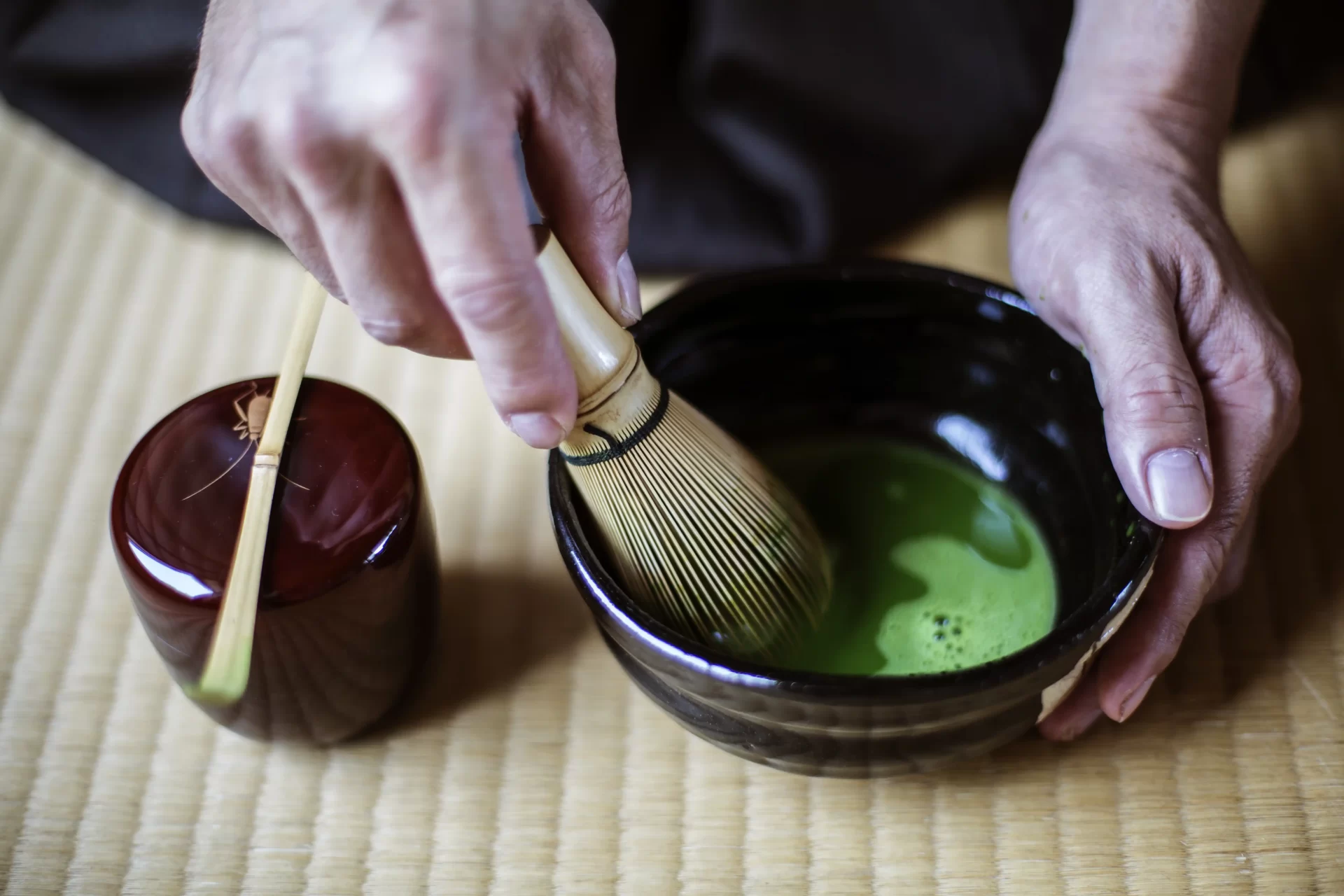There is a whole world of difference when it comes to matcha between ceremonial and culinary matcha. Whether you are a newbie in the matcha scene or not, you must have been wondering what the big deal is. Why all that fuss over different matcha grades? Well, it all concerns quality, flavor, and purpose. Ceremonial matcha is the topmost, purest quality matcha, reserved just for sipping straight-up in traditional tea ceremonies. On the other side of this, culinary matcha belongs to the segment that would make your smoothies, lattes, and even desserts strike a bold note. So, what’s the remarkable difference? Let’s dive in and break it all down!
What is Ceremonial Matcha?
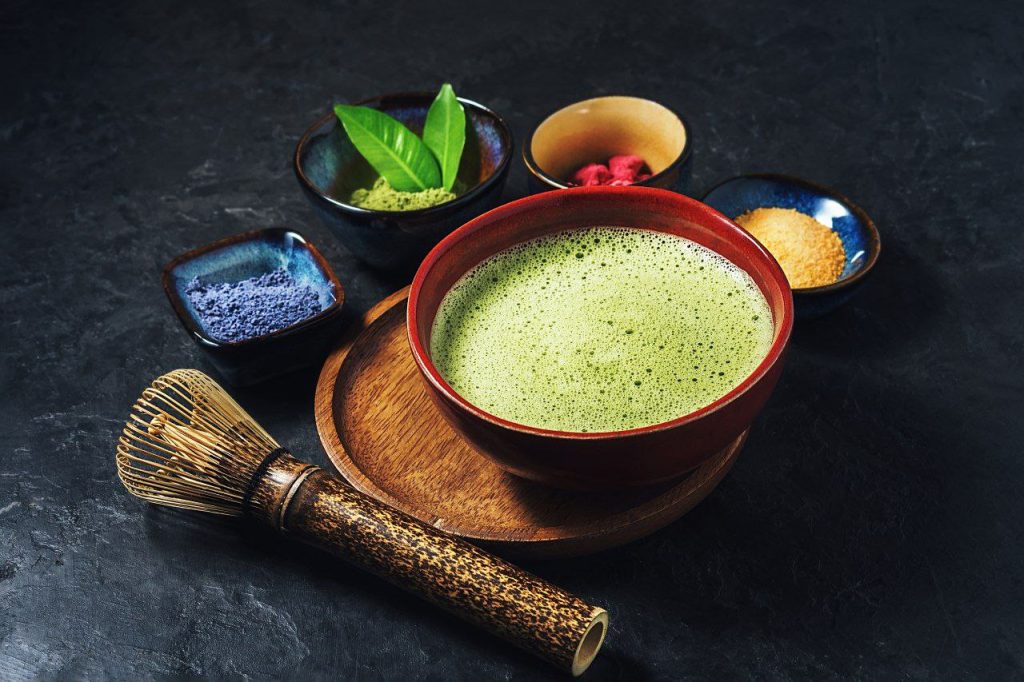
Just what is ceremonial matcha? Well, it’s the topmost grade of matcha, and this is the variety that is meant for those highly traditional Japanese tea ceremonies. Kind of like the fancy and high-end version of matcha. Unlike the bolder, more robust culinary matcha, ceremonial matcha has a more delicate, refined taste that is best enjoyed on its own. No lattes or fancy recipes here-just plain, smooth matcha goodness.
If you were to think about wine, well, ceremonial matcha is like a fine bottle you’d want to drink on its own; culinary matcha would be more like the wine of a lower grade that you use while cooking. You sure do not want to put an expensive wine into your spaghetti sauce, right? Just like that, ceremonial matcha is not to be used in desserts or drinks; it is to be drunk in its pure form so that the minute flavors come forth, not masked with other ingredients.
A Short History of Ceremonial Matcha
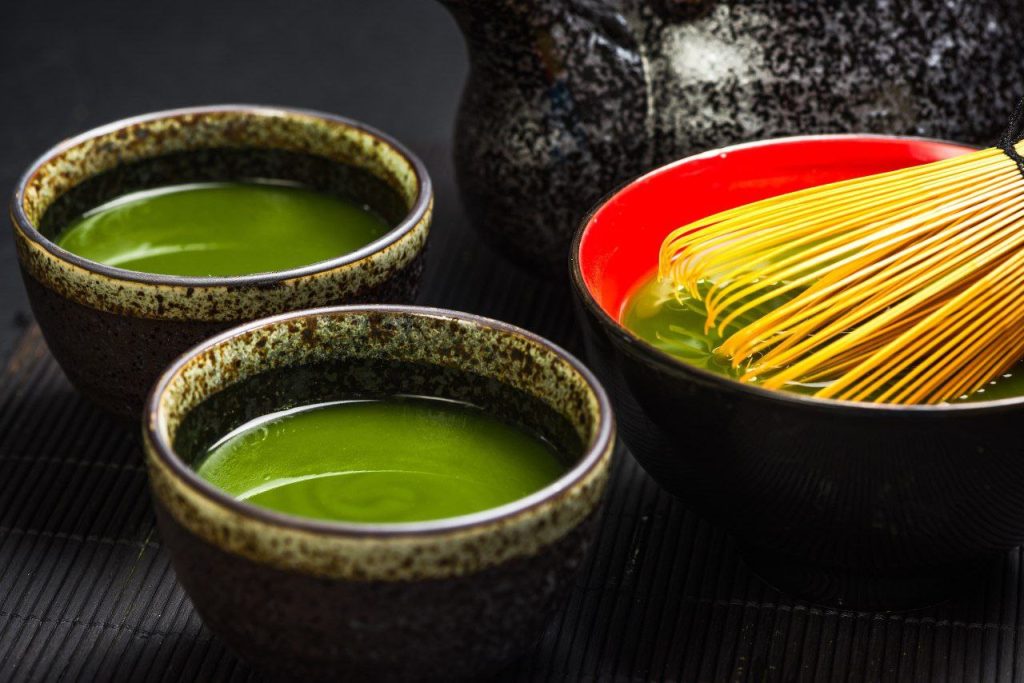
Ceremonial matcha has existed for hundreds of years! It originated in China back in the 4th century when Buddhist monks, Zen masters, and their students began drinking powdered green tea leaves. Later, this culture found its way to Japan, where, by the 14th century, the process was perfected, especially in Uji. That is when the shading of tea plants, plucking of only the youngest tender leaves, and then grinding these into an extremely fine powder started. Smooth, sweet, focused, and energetic-that is what this kind of matcha turned out to be.
In due course of time, it evolved from the monk’s elixir to the beverage of nobility, military commanders and wealthy traders of Japan. It was a ceremonial act to offer your visitor matcha, and Japanese tea tradition came into existence as a compliment to the tea and to the teetotalers.
There is an extended list of varied green teas consumed in Japan, yet still, Uji remains to be acknowledged as matcha’s hometown and there remains to be only the best of the bests. The ideal climate of the land and the tradition of the farmers, who handpicks the leaves, to be then grinded by monks, gives birth to probably one of the best matcha existing on our planet.
If you love the vibrant green color of matcha and want to incorporate it into your dishes, we highly recommend this blog featuring delicious matcha-based recipes: What Are the Irresistible Matcha Recipes? Unique Recipes for Every Occasion
What Is Culinary Matcha?
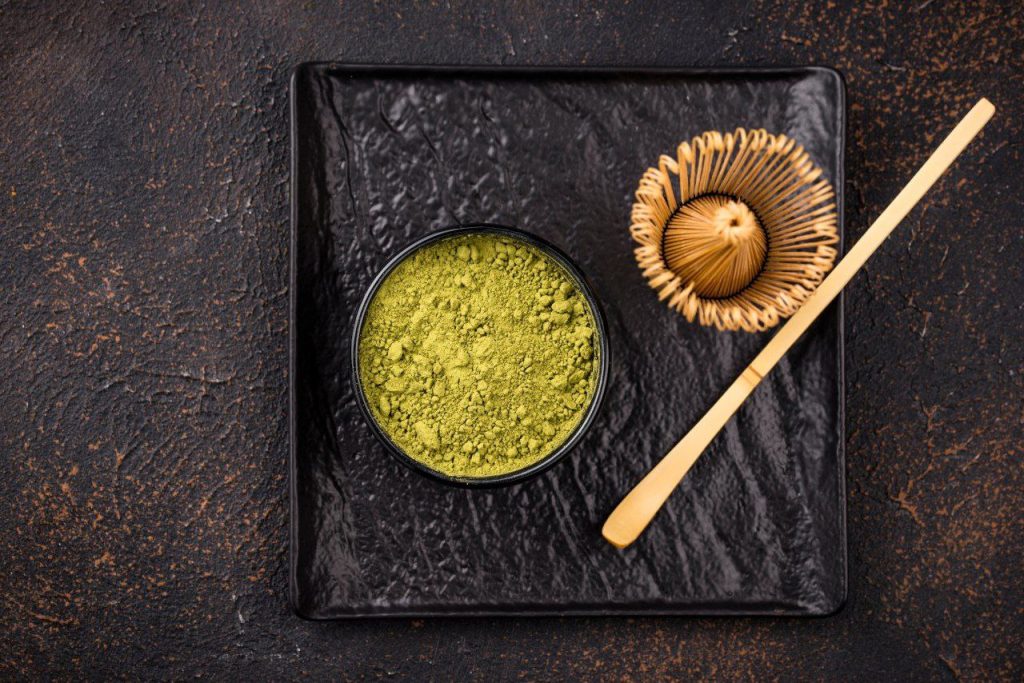
Ceremonial being superior, there exists culinary. Less costly than the very fine kind used for special purposes, so hence all right for daily applications such as latte’s smoothies or baked goods when it needs less sublimely flavor
Think of it this way: culinary matcha is somewhat like cooking wine. On its own, it may not taste that great, but it gives a big punch when added to recipes, which goes well with other ingredients. You can find culinary matcha in everything from creamy matcha lattes and smoothies to matcha desserts like ice cream and chocolate. It really enhances the flavors!
If you’re eager to explore the world of green teas, visit GoldenHerbs.com—your go-to destination for premium, high-quality green tea selections!
What Is the Difference Between Ceremonial Matcha and Culinary Matcha?

There are essentially two types of matcha: Ceremonial Matcha and Culinary Matcha. These are, in essence, different matcha grades, and the best way to describe it is like the difference between fancy wine and cooking wine.
Ceremonial matcha is all about delicate, subtle flavors-fitting for a traditional Japanese tea ceremony. It’s that high wine which one savors all by himself; using it to cook would be out of place, really, because it would lose all that finesse and would make no sense because such a high-class, refined product is involved. On the other hand, the culinary matcha will be more robust and somewhat bitter, much like the cooking wine does not taste that great on its own, mixed into recipes with a boldness to stand up amongst other flavors. It’s perfect for everything from matcha lattes through to desserts such as ice cream and chocolates.
- Harvest Time: Ceremonial matcha is made from the first flush, or spring harvest, of super fresh and tender leaves. For culinary matcha, there can be a second harvest, which falls under a quality slightly less.
- Tea Plant Position: Ceremonial matcha comes from the top of the plant leaves, which are young, tender, and hold the sweetest taste. Leaves for culinary matcha come from further down the plant and are much tougher and far more bitter.
- Filtering: With ceremonial matcha, only the softest and sweetest leaves can be used, whereas in culinary matcha, a bit of harder, bitter parts can be integrated.
- Grinding Process: The production of ceremonial matcha is a slow, old-fashioned process – that’s where stone grinders create the fine powder. Culinary matcha is usually ground more coarsely and quickly by machines.
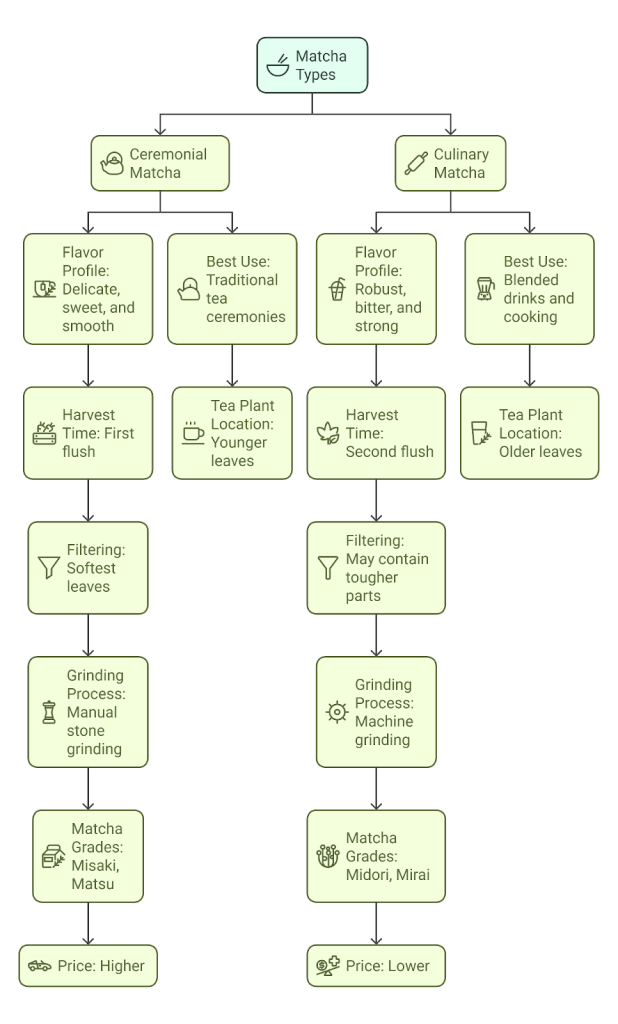
When purchasing matcha, grade does matter! If you would like to try a pure cup of matcha or take part in a traditional tea ceremony, get the higher grades like Misaki or Matsu. If you’ll be making matcha drinks and desserts with this, the lower-grade product like Midori or Mirai will work very well.
Remember, getting the right matcha for your needs will ensure that you experience and enjoy a great taste each time!
Of course, not all matcha is created equal. If you are still wondering why ceremonial and culinary are so different, the following comparison table will help you get the most appropriate one for your needs.
With the breakdown given, you may now better choose the right matcha that matches your creation, be it brewing tea or baking something sweet. From basic to sophisticated, there is a perfect grade of matcha for any given situation.
Is the Higher Price of the Ceremonial Grade Matcha Justified?
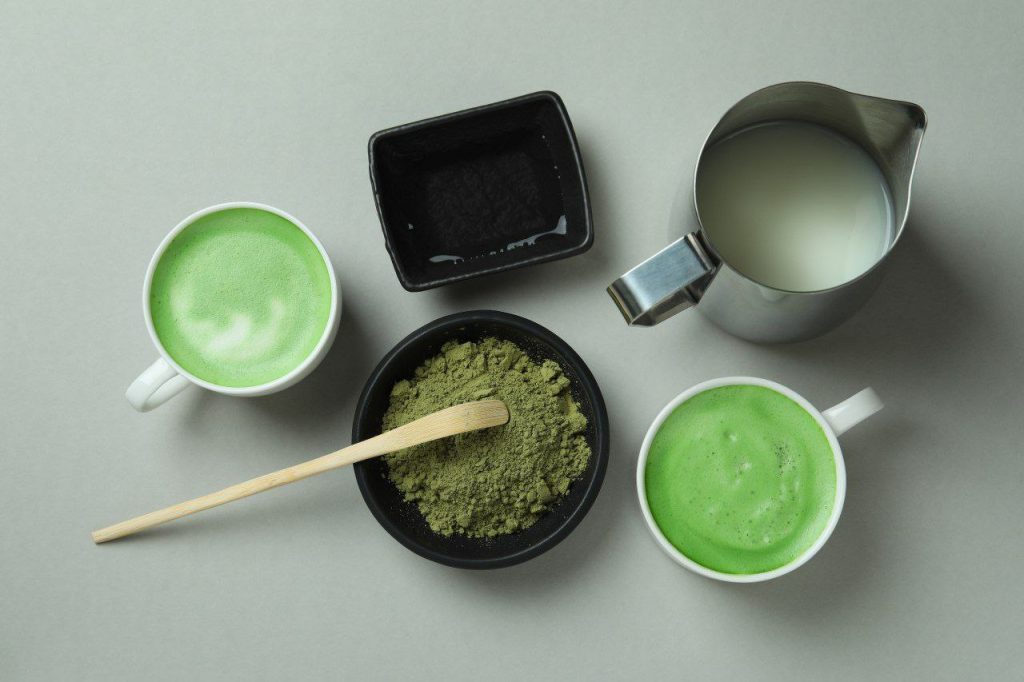
Whether or not the price tag attached to ceremonial grade matcha justifies its worth-it value depends upon where exactly to put it to use. It is the finest quality grade of matcha, prepared from the fresh, first-year harvest of the green tea leaves grown in the shade. Because it is so carefully done, it has a delicate taste and sweetness that are best for drinking alone per se-just a normal cup of matcha or in a foamy latte.
Ceremonial matcha comes with a higher price tag due to its superior quality, making it a worthwhile investment for those seeking the finest matcha experience. However, if your goal is to incorporate matcha into smoothies, lattes, or baked goods, culinary-grade matcha offers a budget-friendly option without compromising on flavor. In summary, go for ceremonial grade if you’re after an authentic matcha experience, but culinary grade is the practical choice for cooking and baking adventures!
Conclusion
If one is going to have an authentic, unadulterated matcha experience, then ceremonial matcha is the way to go. That delicate, smooth flavor of the matcha really comes out when it is drunk on its own, be it in a traditional tea ceremony or just sipped as a relaxing beverage. Conversely, the culinary matcha would be great in recipes, from matcha lattes to baked goods, where its bolder, more robust flavor survives other ingredients. Both grades of matcha have their place, so it is all about choosing the right one for the right occasion.

